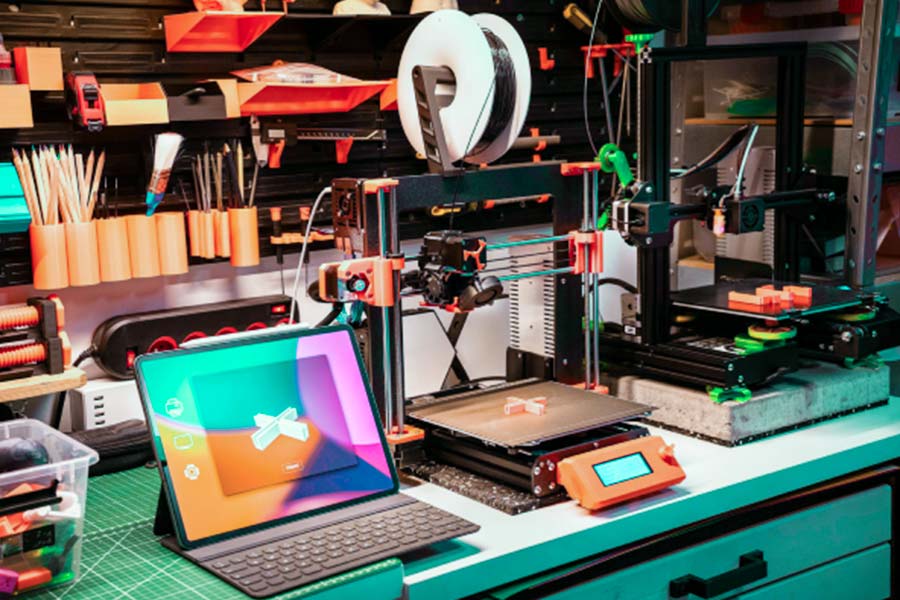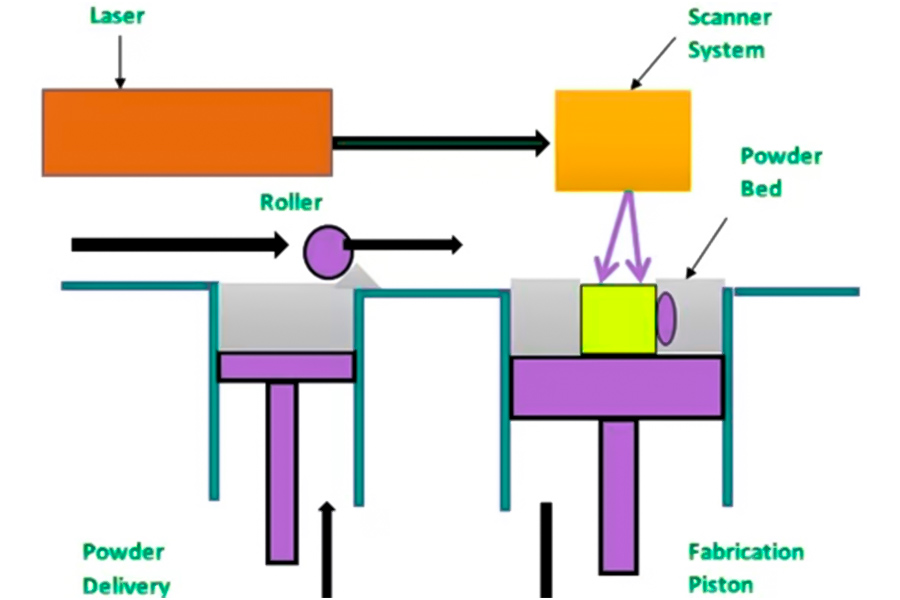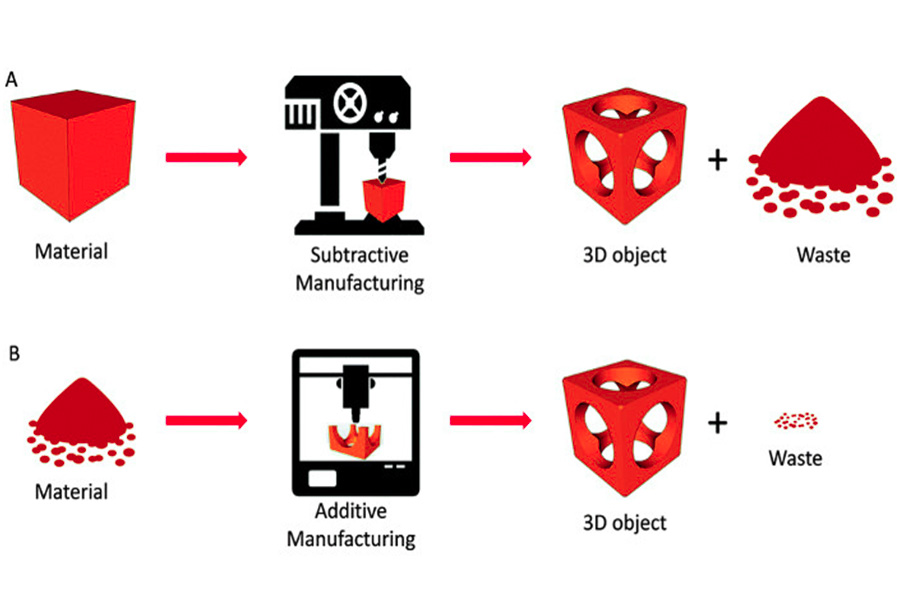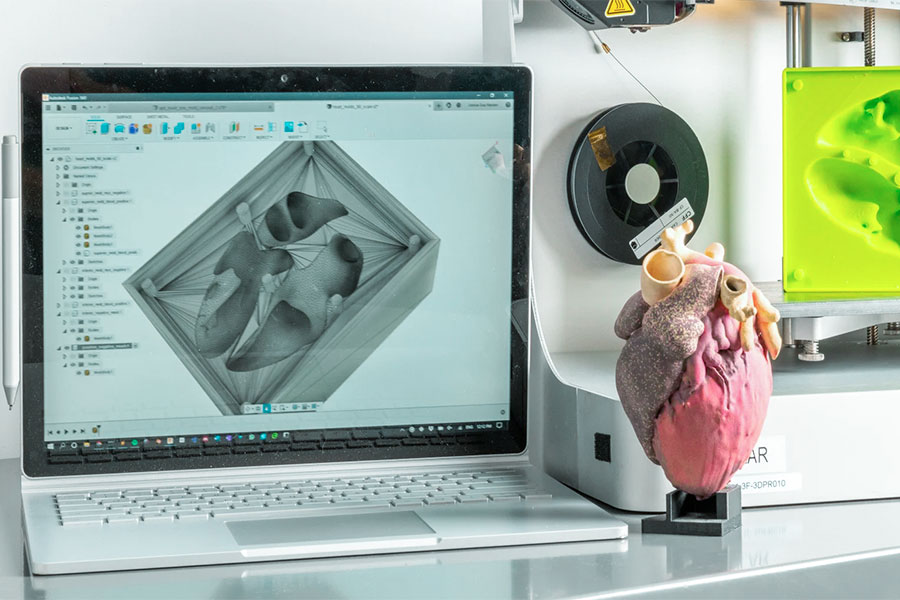現代の工業デザインの分野では、迅速なプロトタイピングが概念的な革新と物理的検証の間の中心的な橋になりました。本質的に、デジタルモデリングは物理的な製造技術の深い融合であり、抽象的な設計を具体的で測定可能な物理モデルに変換し、製品機能、美学、および実用性を迅速に検証します。製品開発の初期段階です。このプロセスは、高精度機械加工装置に依存するだけでなく、材料特性、プロセス論理、反復メカニズムの深い理解も必要です。添加剤の製造(SLA/DLPなど)およびCNC加工技術、およびロボットジョイントプロトタイプの開発において金属複合コンポーネントを迅速に反復し、設計検証サイクルを業界平均の60%に成功裏に圧縮しました。 JSは、年間1,000を超える非常に複雑な注文での経験を利用して、実験室ツールとしてのみ、学際的なコラボレーションを通じてイノベーションのインフラストラクチャとしての高級製造技術における迅速なプロトタイピングテクノロジーの役割を再定義しています。
迅速なプロトタイピングのコア定義は何ですか?
最新のプロトタイピングテクノロジー添加剤の製造とCNC加工技術を組み合わせて、単一の材料の制限を破り、金属プラスチックハイブリッド構造の迅速な成形を実現し、航空宇宙、ロボット工学、その他のハイエンドフィールドでのアプリケーション境界をさらに拡大します。
 迅速なプロトタイピングの5つのステップは何ですか?
迅速なプロトタイピングの5つのステップは何ですか?
1。 Data-V-7B79C893 = ""> コンセプト段階:要件と目的の明確さ
市場調査、ユーザーインタビューなどにより、製品のコア要件が決定され、プロトタイプの機能、パフォーマンス、コスト境界が決定されます。 構造の実現可能性やユーザーエクスペリエンスなど、キーデザインの仮定を検証するために必要です。
STL/STEPなどの形式でCADソフトウェアと出力ファイルを使用して3Dモデルを作成します。 3。 Data-V-7B79C893 = ""> 構築フェーズ:迅速なプロトタイピング
このフェーズの中心にあるのは、 afign of first ructive protectiotys 4。 data-len = "62" data-v-7b79c893 = ""> テストフェーズ:多次元検証とデータ収集 迅速なプロトタイプの完全なテスト: テスト結果は定量的に記録する必要があります(例:変形と摩耗率)。
5。 data-len = "58" data-v-7b79c893 = ""> 改善段階:反復的最適化と最終化 テストデータに基づいてCADモデルを適応させて、ターゲットを絞った方法で弱点を最適化する(たとえば、構造強度と正しい許容偏差を強化する)。 大量生産の一貫性を確保。 一般的に使用されるプロトタイピングモデルのタイプは何ですか?
1。 data-len = "281" data-v-7b79c893 = ""> コンセプト検証モデル:コアデザインコンセプトは、低コストの材料で迅速に構築されている迅速なプロトタイプモデルによって検証されます(例えば、段ボールと容量の概念に焦点を当てていることがよくあります。ロジック。 data-pos = "0" data-len = "3" data-v-7b79c893 = "" "> 2。 data-len = "307" data-v-7b79c893 = ""> 機能的プロトタイピングモデル:プロトタイピングテストは、機械的構造強度、電子系の安定性、またはソフトウェアの効率など、3D印刷物などの技術の効果などの特定の機能モジュールに焦点を当てたテストを焦点を当てています。 href = "https://jsrpm.com/cnc-machining"> cnc加工して、主要なコンポーネントの正確な復元を実現します。 3. visualプロトタイピングモデル:外観を持つ視界で、プロトタイプのプロトタイプは、高精度の3D印刷またはCNCエンガーテクノロジーを示す材料のマッチングであるcnc engravingテクノロジーを表示することによって実装されます。 4.対話型プロトタイプモデル:センサーやモーターなどのハードウェアコンポーネントを統合し、直接的な操作プロセスを使用して、インタラクションを体験するための物理モデルを構築します。インテリジェントなハードウェア開発で。 5.userテストプロトタイプモデル: A/Bテストを介してユーザーの経験を収集するターゲットユーザーグループ向けに設計されたプロトタイプのトライアルバージョンhref = "https://jsrpm.com/rapid-prototyping">迅速な反復最適化と製品の使いやすさを改善する。 1。 data-len = "17" data-v-7b79c893 = ""> プロトタイプ目的 2。 Data-V-7B79C893 = ""> 材料が必要
4。 data-len = "13" data-v-7b79c893 = ""> 配信時間 迅速なプロトタイプの分野で、 cnc prototyies data-pos = "0" "data-len =" 3 "data-v-7b79c893 =" ""> 1。 Data-V-7B79C893 = ""> 製造原則 2。 data-len = "22" data-v-7b79c893 = ""> 材料の適用性 differecs特性 According to the characteristics of online CNC processing and 3D printing business of JS, the application of rapid prototyping technology is analyzed below: Automotive industry 1.JS technology association: 2.Industry demands: Aerospace 1.JS technology association: 2.Industry demands: Medical equipment 1.JS technology association: 2.Industry demands: 1.JS technology association: 2.Industry demands: Prototype production cost control requires comprehensive consideration of materials, production, post-production maintenance and other factors, the following are the main strategies: Core Technical of Cost Control in JS Company 1.Material recycling system 2.Intelligent process optimization 3.Digital quality control 4.Green manufacturing technology 5.Flexible production system In the process of modern product development, rapid prototyping redefine the transformation path from concept to reality by iterating the prototyping model. Whether additive manufacturing or subtractive processes, the core prototyping meaning is to verify the feasibility of design with the most minimum cost and shortest cycle, and accelerate innovation loop cycle. From the sleek appearance of consumer electronics to high-performance components in aerospace, rapid prototype technology continues to push the boundaries of materials and processes, visualizing complex structures and making functionality testable. In the future, with the deep integration of intelligent algorithms and green manufacturing, prototyping models will be more deeply integrated into the life cycle of enterprise development, becoming a strategic tool for enterprises to deal with market uncertainty and continuously push industry innovation to agility and precision. このページの内容は情報目的のみです。サードパーティのサプライヤーまたはメーカーがJushengネットワークを介して提供するパフォーマンスパラメーター、幾何学的許容範囲、特定の設計機能、材料品質と種類または仕上がりがあると推測すべきではありません。これはバイヤーの責任ですこれらの部分の特定の要件を決定するために、パーツの引用を求めてください。
jsは業界をリードする会社ですカスタム製造ソリューションに焦点を当てています。 5,000人以上の顧客にサービスを提供している20年以上の経験により、高精度 cnc machining 、 1.Does prototype production require the addition of supporting structures? Whether to add support structures to prototype production depends on the type of プロセス。 For example, when FDM and SLA are used to print suspension structures, temporary brackets need to be added to prevent deformation and should be removed and polished upon completion. Due to the self-supporting nature of the powder, SLS technology usually does not require additional support, but it can affect the smoothness of the surface and requires reprocessing. 2.What should we do if the surface of the rapid prototyping is rough? rapid prototyping rough surfaces can be treated by grinding, sandblasting or chemical polishing. For example, 3D-printed parts use sandpaper or chemicals to remove layered patterns, CNC machining and polishing to improve smoothness and ensure that functional or appearance requirements are met. 3.How long does it take for prototype production? prototype production time vary according to process and complexity: simple plastic components (e.g. FDM) can be completed in a matter of hours, metal components or precision structures (e.g. CNC) require 1-3 days, and post-processing (polishing/coating) takes 1-2 days. Small batch customization or complex design may prolong the cycle, and advance communication of specific requirements is recommended. 4.Can prototypes be used directly in mass production? Prototypes usually need to be adjusted before mass production can begin. For example, 3D-printed parts may need to replace mass-produced materials,such as metals, while CNC prototypes may need to optimize molds. Direct conversion may cause performance or cost problems, and gradual verification is recommended.
適切な迅速なプロトタイピングテクノロジーを選択する方法?
テクニカルタイプ
マテリアルタイプ
精度
コスト
生産速度
典型的なアプリケーション
fdm
±0.1-0.3mm
low
fast
機能的なプロトタイプと単純な構造コンポーネント
sla
感光性樹脂
±0.05mm
center
より速い
外観の確認、透明部品、精密成分。
sls
nylon/composite Material
±0.1mm
tall
center
完全に機能的で軽量。
cnc加工
金属/プラスチック
±0.01-0.05mm
最高
slow
大量生産前の高強度テストと最終確認。
シリコン複製金
シリコン型+pu resin
±0.2-0.5mm
low(batch)
fast
プロトタイプモデルと小規模パイロット生産。
 3D印刷とCNCプロトタイピングの違いは何ですか?
3D印刷とCNCプロトタイピングの違いは何ですか?
寸法
3D印刷の利点
cncの利点
JSテクノロジーバランスポイント
材料利用率
材料廃棄物を減らす(必要なもののみ)。
高物質廃棄物(処理手当が必要)。
jsは、スマートパス計画を通じてCNC廃棄物率を下げ、3D印刷は金属パウダーリサイクルをサポートします。
表面品質
再処理が必要な表面粗さ(RA50-200μm)
表面の滑らかさ(RA0.8-3.2μm)。
JSの特殊なポストプロセッシング機器は、3D印刷部品の表面粗さをRA1.6μmに最適化できます。
処理精度
±0.1-0.5mm(モデルによって異なります)。
±0.02-0.1mm(最大±0.005mm高精度機械工具)。
エラー補償アルゴリズムを採用して、CNC加工精度を30%改善し、3D印刷はサーマルベッドキャリブレーションを通じて寸法の安定性を最適化します。
複雑さの適応性
中空のグリッドや不規則な表面などの複雑な構造を製造できます。
Suitable for general geometry and requires additional thin wall/suspension support.
JS Innovative hybrid manufacturing Model: CNC rough machining + 3D Printing Fine Features, Balanced Efficiency and Accuracy.

Which industries rely the most on rapid prototyping technology?

How to control the cost of prototype production?
Indicators
Industry average
JS technical indicators
Increase amplitude
Single prototype cost
$120
$72
40% ↓
First time yield
68%
91%
34% ↑
Environmental impact factors
0.72 (high energy consumption/pollution)
0.35 (Green Manufacturing)
51% ↓
Material utilization rate
45%-60%
85%-92%
35%-50% ↑
Processing cycle
12-24時間
6-18 hours
30%-50% ↓
Scrap rate
8%-15%
≤1%
85%-94% ↓
As a proportion of labour costs
25%-35%
12%-18%
30%-45% ↓
Maintenance costs (10,000/year)
15-25
8-12
40%-55% ↓
Summary

免責事項
jsチーム
FAQs
Resources





